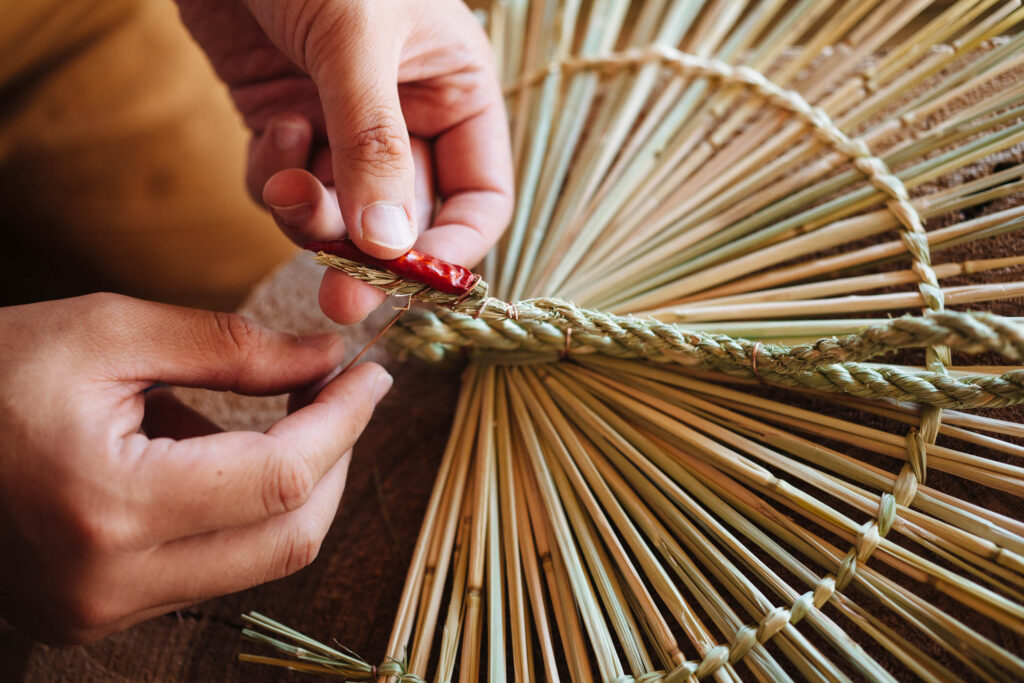
Lights still twinkle on the Christmas tree as we linger in the final throes of the festive December season. But as we count down to the end of the year, I feel the first sparks of an urge to put away remnants of things past and set the stage for a new beginning. I relish the chance to begin anew and take delight in the first day of.a week or month, a birthday, and perhaps most of all, the start of a new year. In these moments all feels fresh, all feels possible, all feels probable.
In Japan homes are turned inside out in the days before the dawn of the New Year when the gods will be invited in for the New Year and all must be cleaned and cleansed to welcome such honorable guests. When all has been tidied, organized, washed, and wiped, we hang shimekazari, talismans made of wara, rice straw, to please the gods and usher good luck in with the New Year.
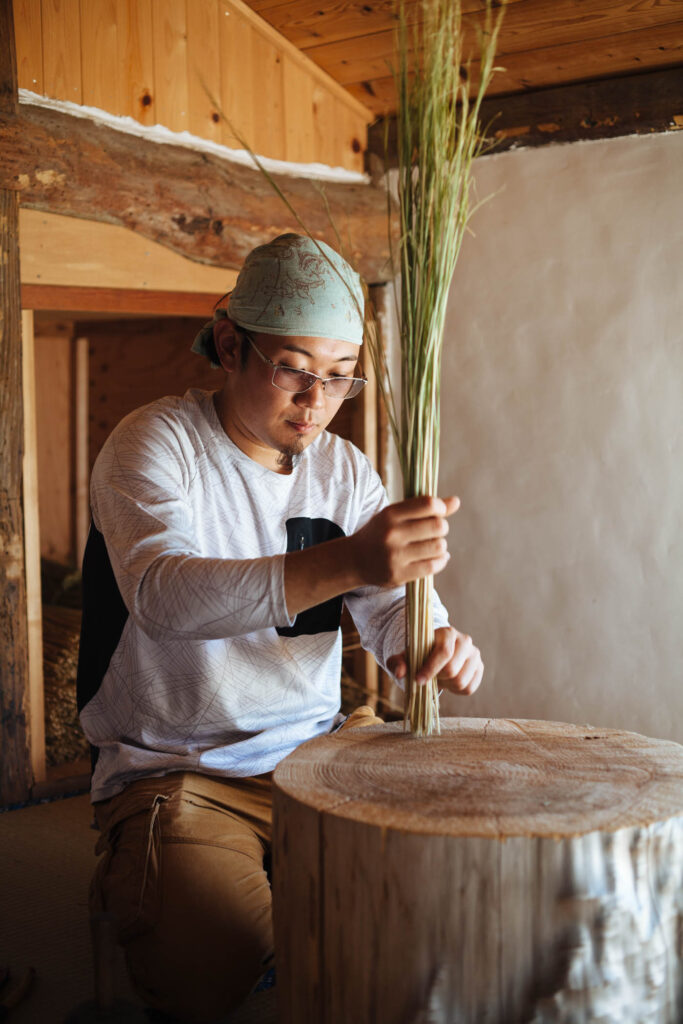
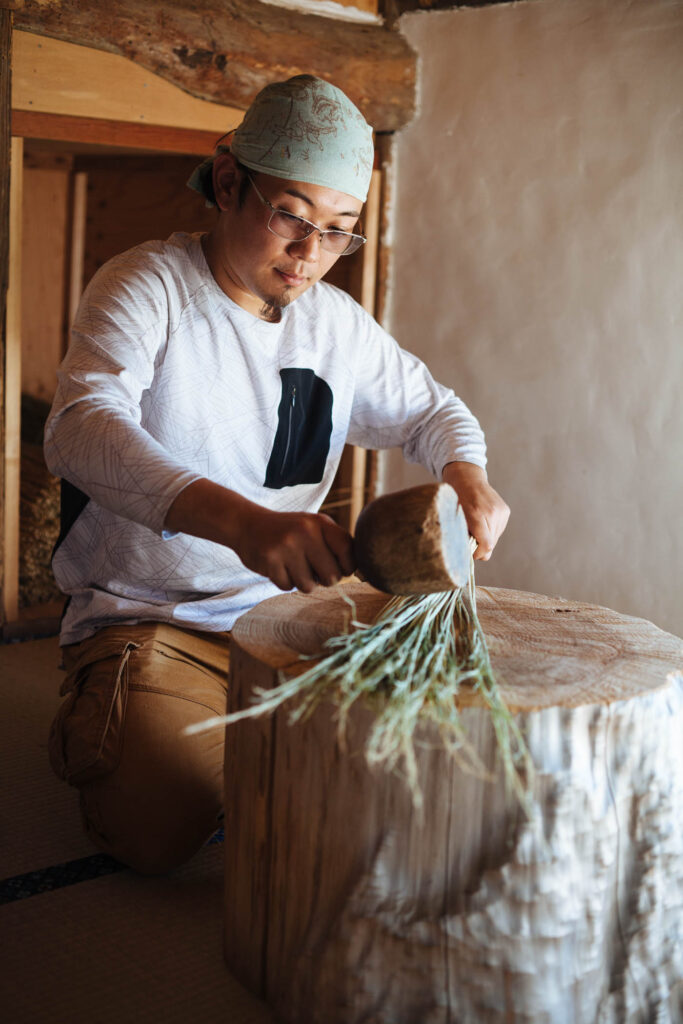
Shintoism and the all the rights and rituals it contains was born from an agrarian culture in which abundance was defined by a plentiful harvest. Wara is fashioned into amulets to honor the gods who control the whims of nature and hold the reins that steer towards or away from such abundance. These charms take many forms. The simplest, shimenawa sacred ropes, are hung from the eves at shrines. When fashioning shimenawa for the gods, straw is twisted to the left, counterclockwise, opposite to rope used in the material world. Ropes can be braided and looped into symbolic shapes or twisted and tied into more complex forms to emulate auspicious animals like cranes or turtles, harbingers of longevity.
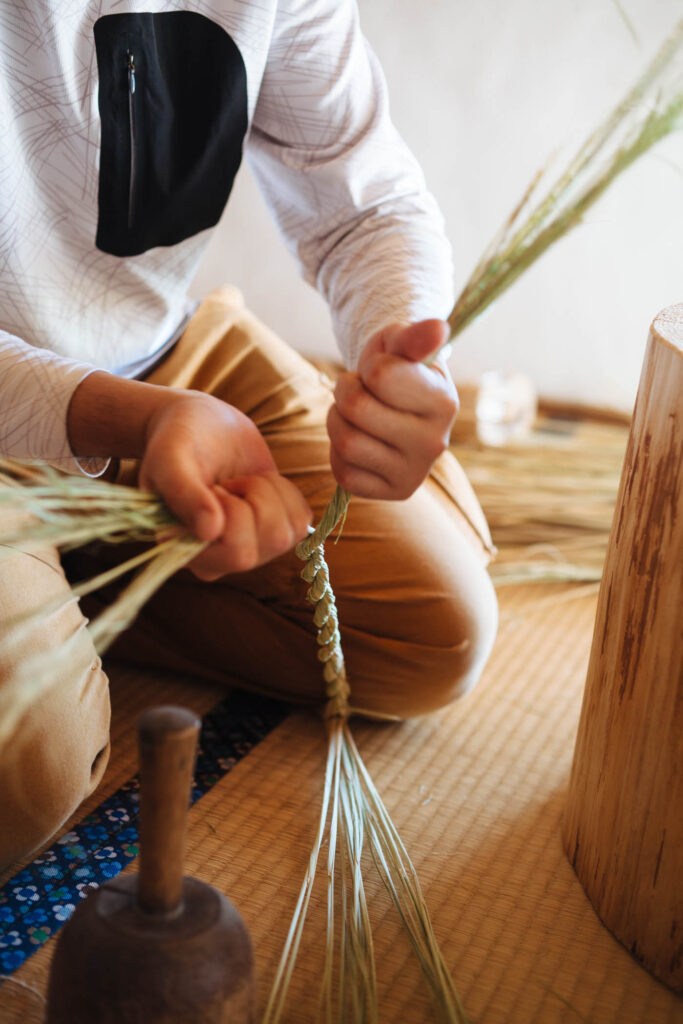
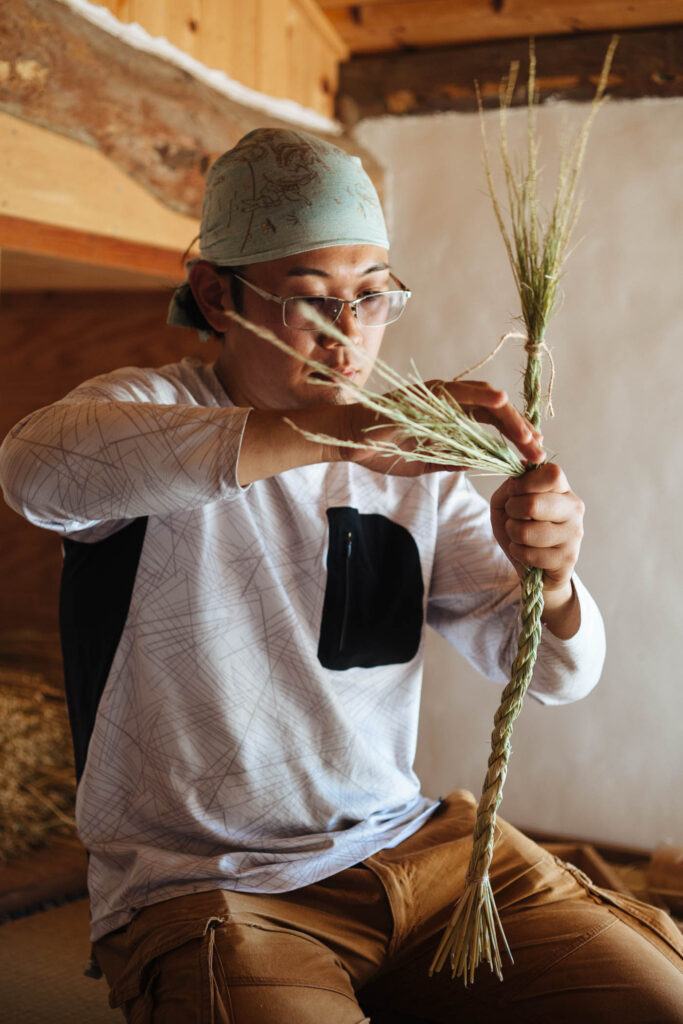
There was a time when shimekazari were more common, made by most rice farming families. With the autumn harvest complete and the days shortening, the period leading up to New Year’s offered a slower pace and many hands were kept busy fashioning shimenawa and shimekazari. But those with the skill and inclination are now few and far between. For years I have longed to meet a maker and to my delight was introduced to Mashima-san a few months ago. He learned the craft of twisting rice straw into sacred rope from his grandfather. Today he is the sole member of the family to continue and he is rare within his generation, embracing the rural setting in which he was raised and its traditions too. A forester by trade and not a farmer himself, he receives a truck full of straw every October from a neighbor and spends the early days of December making shimekazari for his family and community.
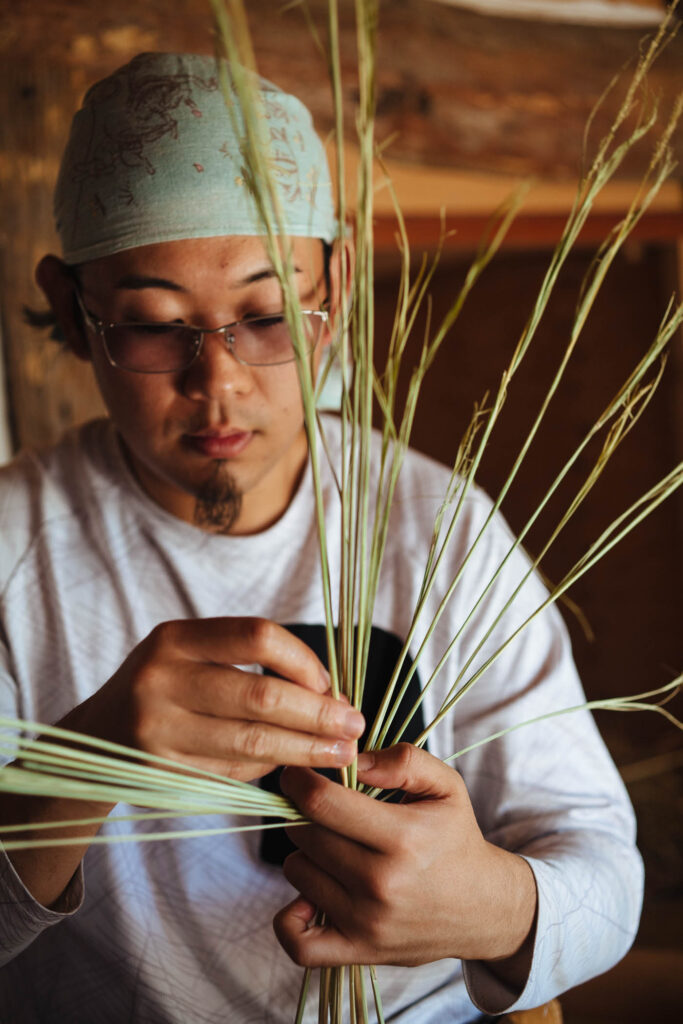
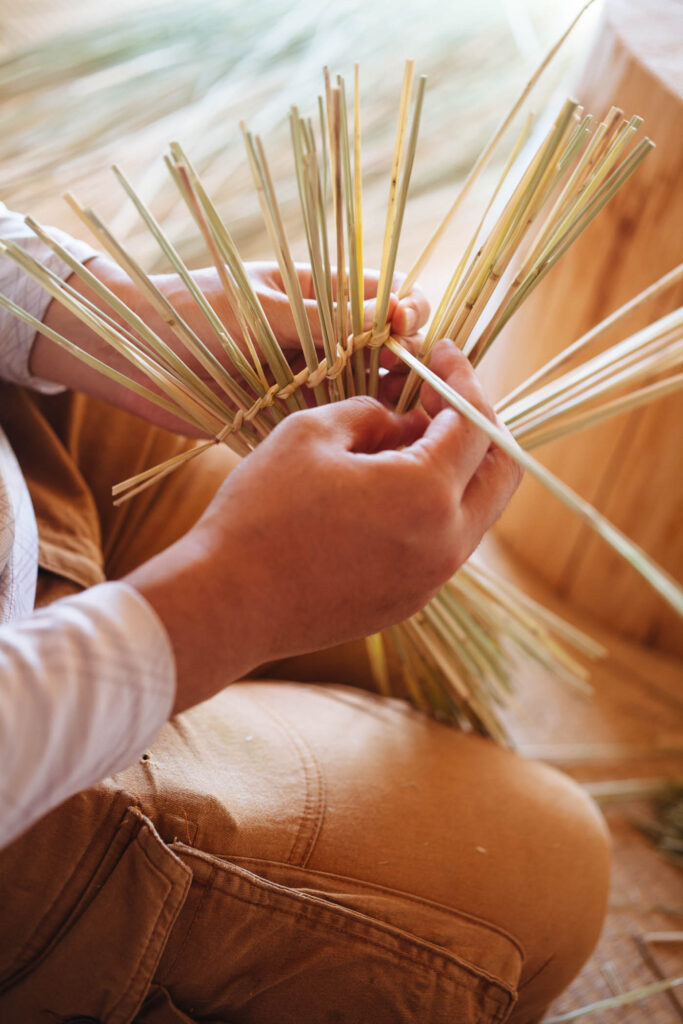
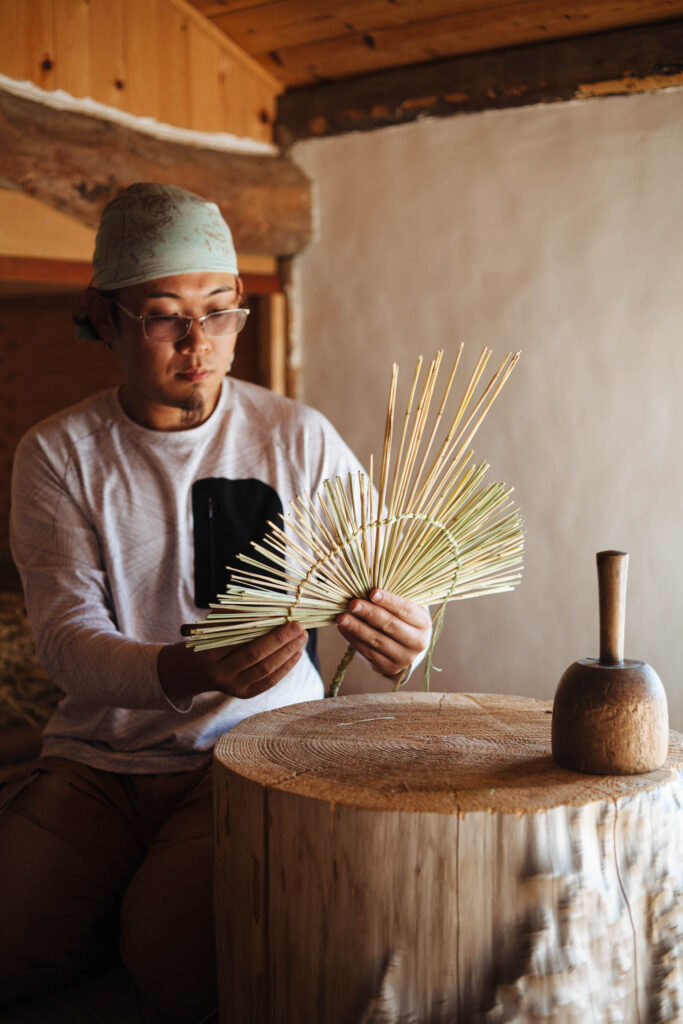
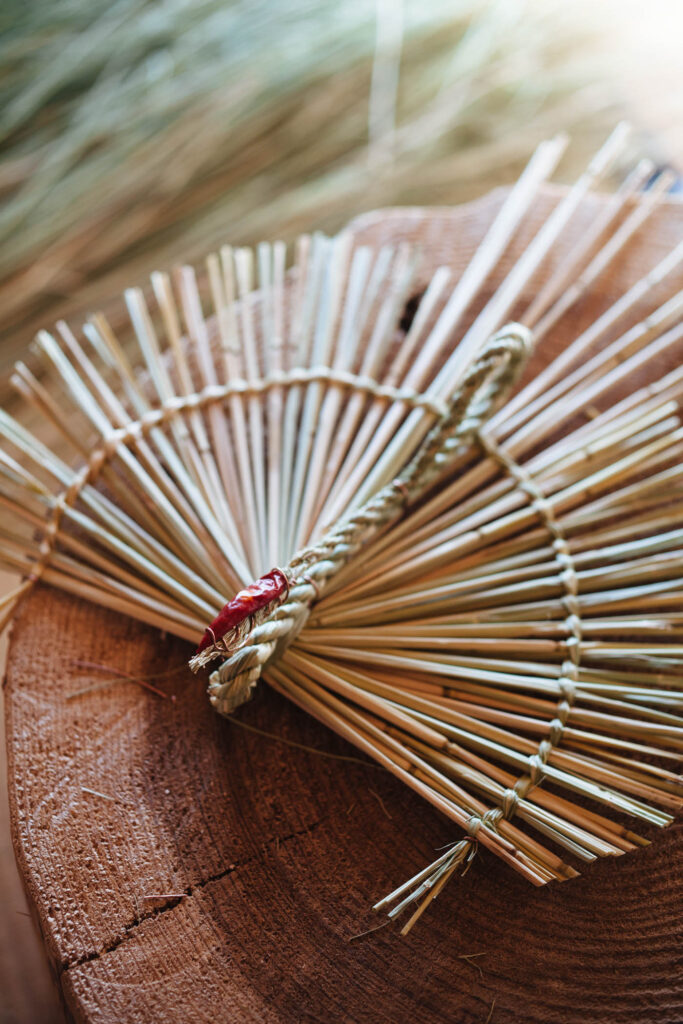
Mashima-san shared his rare skills with us in a masterclass held during the New Rice salon session. We twisted and braided sacred ropes, looped them into doubled rings, added tassels and made our own amulets to hang in honor of the gods when they come to visit. As I hang my own by the front door, ready n to welcome divine guests, I set my sights towards the dawn of a divine New Year.